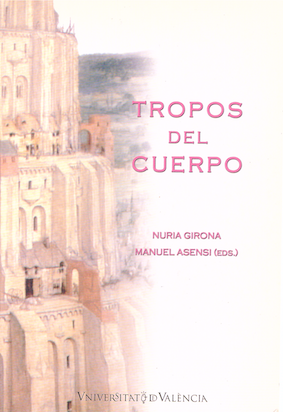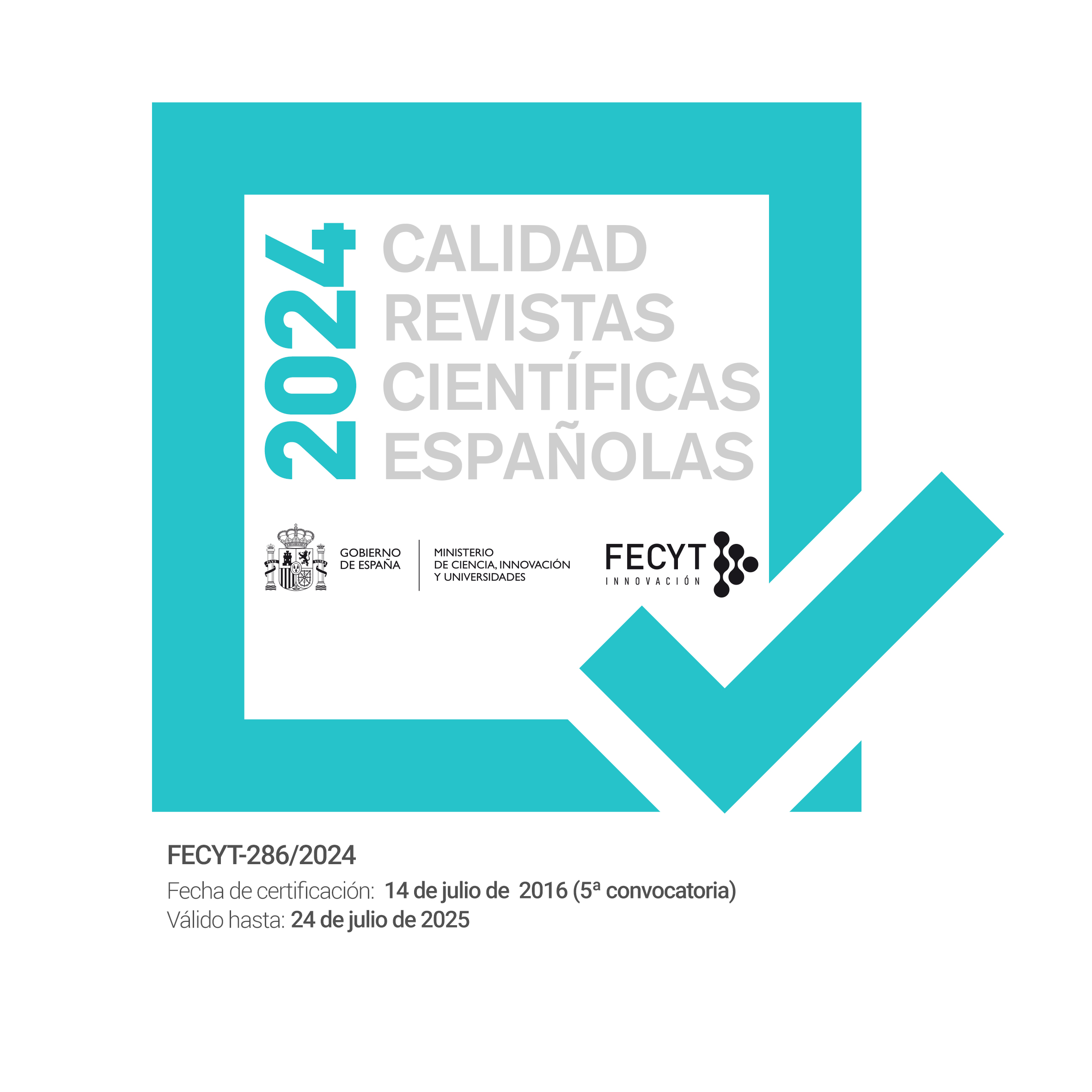De-titled: gender and the architecture of the double signature in Droit de regards (romanphoto de Marie-Françoise Plissart suivi d’une lecture de Jacques Derrida)
DOI:
https://doi.org/10.7203/qf-elit.v9i0.5140Keywords:
Photograph, signature, gender, woman, lesbian Abstract
Abstract
Droit de Regards a poliphonic Plissart’s book that assembles 289 photographs within the exact space of 100 pages, like 100 squares of the draughts-board, or the 100 rooms of a house and a Derrida’s texts that reproduces this spatialization distributing 186 paragraphs within 36 paragraphs, serves Beatriz Preciado to ask itself a lot of questions: How to understand Plissart’s invitation to Derrida in relation to this gesture of drawing the line? How to read Derrida’s texts with ‘regard’ to the tecniques of over-writing or counter-signature that are at work in contemporany “lesbian” photography? What is the specific topology of the signature, an counter-signature in Plissart’s photo-romance? Elsewhere the relationship between poliphonc and “la loi the genre” thas is especially relevant to read this book.
 Downloads
Downloads
Downloads
Published
How to Cite
-
Abstract195
-
PDF (Español)433
Issue
Section
License
 Este obra está bajo una licencia de Creative Commons Reconocimiento-NoComercial-SinObraDerivada 4.0 Internacional.
Este obra está bajo una licencia de Creative Commons Reconocimiento-NoComercial-SinObraDerivada 4.0 Internacional.
Authors who publish with this journal agree to the following terms:
- Authors retain copyright and grant the journal right of first publication with the work simultaneously licensed under a Creative Commons Attribution License that allows others to share the work with an acknowledgement of the work's authorship and initial publication in this journal.
- Authors are able to enter into separate, additional contractual arrangements for the non-exclusive distribution of the journal's published version of the work (e.g., post it to an institutional repository or publish it in a book), with an acknowledgement of its initial publication in this journal.
- Authors are permitted and encouraged to post their work online (e.g., in institutional repositories or on their website) prior to and during the submission process, as it can lead to productive exchanges, as well as earlier and greater citation of published work (See The Effect of Open Access).




